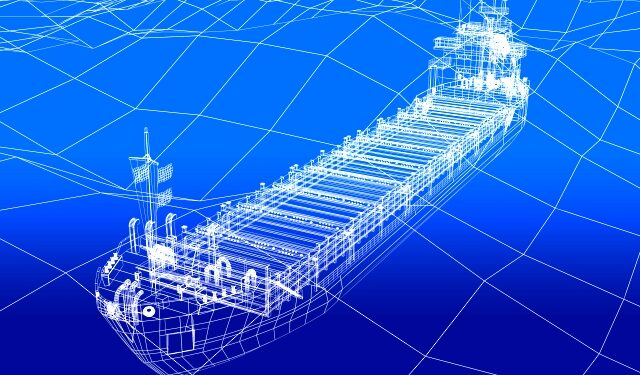NAPA has announced that Hyundai Heavy Industries (HHI) has implemented NAPA Steel’s 3D-model-based ship structural design tool across its business.
NAPA Steel provides an interactive 3D structural modelling interface. Once a single flexible model is created for the whole vessel, this can be used throughout the design process, including class society rule checks, creating plan approval drawings, FE (Finite Element) model generation, weight calculation, etc.
HHI actively participated in testing and developing NAPA Steel, and has now begun leveraging its potential to enhance productivity in ship structural design. Following the introduction of NAPA Steel, HHI expects the design time and man-hours to be reduced by almost 30% in ship structural design. After further development and customization in partnership with NAPA they expect this to be reduced even further.
Hong-Ryeul Ryu, Head of Basic Hull Design Department, Hyundai Heavy Industries (HHI), commented:
“NAPA Steel is one of the forerunners in ship structural design technology. We have been testing this new software over a long period of time and are sure that the roll-out of NAPA Steel will allow our engineers to become more productive, greatly enhancing the quality of ship structural design.”
Juha Heikinheimo, President, NAPA Group commented:
“The adoption of NAPA Steel by HHI, the world’s largest shipbuilder, demonstrates that our work to bring 3D modelling to ship structural design has been a success. The world’s best and most demanding ship engineers at HHI have tested NAPA Steel extensively and taken NAPA Steel to production use. I would like to personally thank HHI for this opportunity.
“Fun to use, NAPA Steel provides a new level of usability and speed to this vast group of NAPA users. Moreover, NAPA Steel will be a paradigm shift in increasing competitive advantage and productivity and creating cost savings for all our customers. NAPA Steel has revolutionised our software and delivered an agile, fast-to-learn and user friendly design tool that meets the needs of new ‘digital natives’ entering the industry. It remains widely accessible to new users, applicable to the specific tasks undertaken and capable of delivering compliant, safe and productive design to confidently meet the challenges of the future.”
Source: NAPA






























































